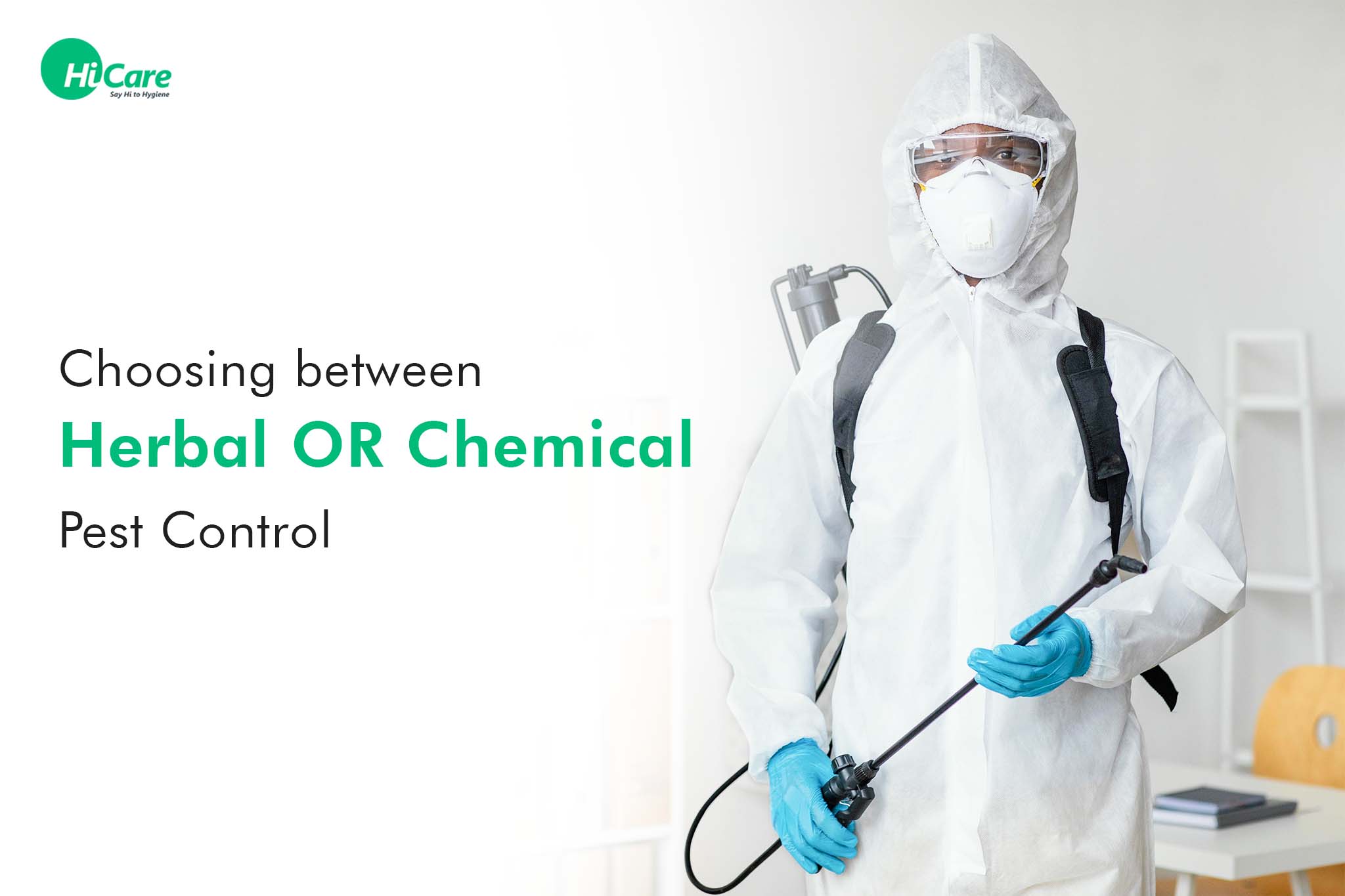Bed Pest Treatment Failure: Comparing Chemical Vs. Non-Chemical Solutions
In the world of insect control, especially when dealing with the relentless problem of bed pests, the choice between chemical and non-chemical treatment options can be a pivotal one. Both approaches offer distinctive advantages and disadvantages, influencing variables such as performance, safety and security factors to consider, and overall expense. By checking out the nuanced details of each method, a more clear understanding of which course to seek in dealing with a bed pest infestation can be achieved.
Efficiency of Chemical Therapies
Chemical treatments for bed bug problems have actually been widely recognized for their rapid and potent efficacy in getting rid of these pests. When considering the performance of chemical therapies, it is critical to understand that they can offer a comprehensive and quick solution to a bed bug problem.
In addition, chemical therapies have the advantage of providing recurring effects, meaning that they can remain to get rid of bed pests even after the first application. This recurring activity is particularly helpful in combating any potential re-infestations. In addition, the fast action of chemical therapies can bring alleviation to people facing extreme bed insect infestations, permitting them to restore control of their home swiftly.
Safety Problems With Chemical Solutions
One important element that calls for careful consideration when using chemical options for bed insect treatment is making certain the safety and security of occupants and the environment. Direct exposure to particular chemicals used in bed bug treatments can lead to respiratory issues, skin irritation, or other adverse reactions, specifically in people with pre-existing problems or level of sensitivities.
Moreover, the environmental impact of chemical solutions is another substantial consideration. Some pesticides used in bed bug treatments might be unsafe to advantageous bugs, wildlife, and communities if they leach right into the dirt or water systems. It is important to use chemical therapies deliberately, complying with safety guidelines, and considering less poisonous options to reduce these risks and guarantee the reliable and risk-free management of bed bug problems.
Benefits of Non-Chemical Approaches
Taking into consideration the prospective safety and security concerns and ecological impact related to chemical options for bed bug treatment, exploring non-chemical techniques provides an encouraging option with numerous distinctive benefits. Non-chemical methods use a safer alternative for households, especially those with people, youngsters, or animals delicate to extreme chemicals. These approaches get rid of the threats of exposure to hazardous materials, lowering the possibility for negative wellness impacts. In addition, non-chemical therapies are environmentally friendly, as they do not add to air or water pollution, making them a sustainable choice for insect control.
Furthermore, non-chemical services can be effective in targeting bed bugs, consisting of hard-to-reach locations where chemical treatments may not penetrate - A1 bed bug exterminator charlotte. Methods such as warmth therapy, vacuuming, heavy steam cleansing, and cushion coverings offer comprehensive removal without the usage of dangerous chemicals.
Limitations of Non-Chemical Treatments

In addition, non-chemical therapies often call for multiple applications to accomplish effective obliteration. This can be taxing and might not constantly ensure complete removal of all bed pests and their eggs, particularly in hard-to-reach or concealed locations.
Moreover, the success of non-chemical treatments greatly depends on correct execution and thoroughness, which can be testing for individuals without professional competence. Poor application of non-chemical approaches might result in incomplete obliteration, bring about persistent infestations and the need for additional therapies.
Consequently, while non-chemical therapies have their benefits, it is vital to acknowledge these limitations and check consider them when establishing the most effective approach for managing bed bug infestations.
Expense Contrast: Chemical Vs. Non-Chemical Options
Provided the restrictions connected with non-chemical treatments, a necessary aspect to examine in the context of bed insect administration is the expense comparison between chemical and non-chemical options. Chemical treatments usually include the application of insecticides by professionals, which can vary from $250 to $900 per room, depending upon the intensity of the invasion and the size of the location to be dealt with. On the other hand, non-chemical treatments like heat treatment or vapor can be a lot more costly, with costs ranging from $1,000 to $6,000 for an entire home. While the first expense of chemical treatments might appear reduced, numerous therapies may be required to completely eliminate the problem, possibly enhancing the best site overall price. On the various other hand, non-chemical options might offer a much more sustainable and green option, although they can be cost-prohibitive for some individuals. Inevitably, when thinking about the cost of bed pest treatment alternatives, it is essential to consider the in advance expenses versus the efficiency and long-term sustainability of the picked technique.
Final Thought

Thinking about the potential security worries and ecological impact associated with chemical remedies for bed insect treatment, exploring non-chemical approaches offers an appealing option with several distinctive benefits.Offered the limitations linked with non-chemical therapies, a vital aspect to review in the context of bed pest monitoring is the expense comparison in between chemical and non-chemical options. In comparison, non-chemical treatments like warmth therapy or steam can be extra costly, with costs varying from $1,000 to $6,000 for an entire home. While the initial price of chemical treatments might seem reduced, several treatments may be needed to fully remove the infestation, possibly enhancing the overall price.In final thought, when comparing chemical and non-chemical bed insect therapy choices, it is essential to take into local exterminators near me consideration efficiency, safety, advantages, limitations, and expense.